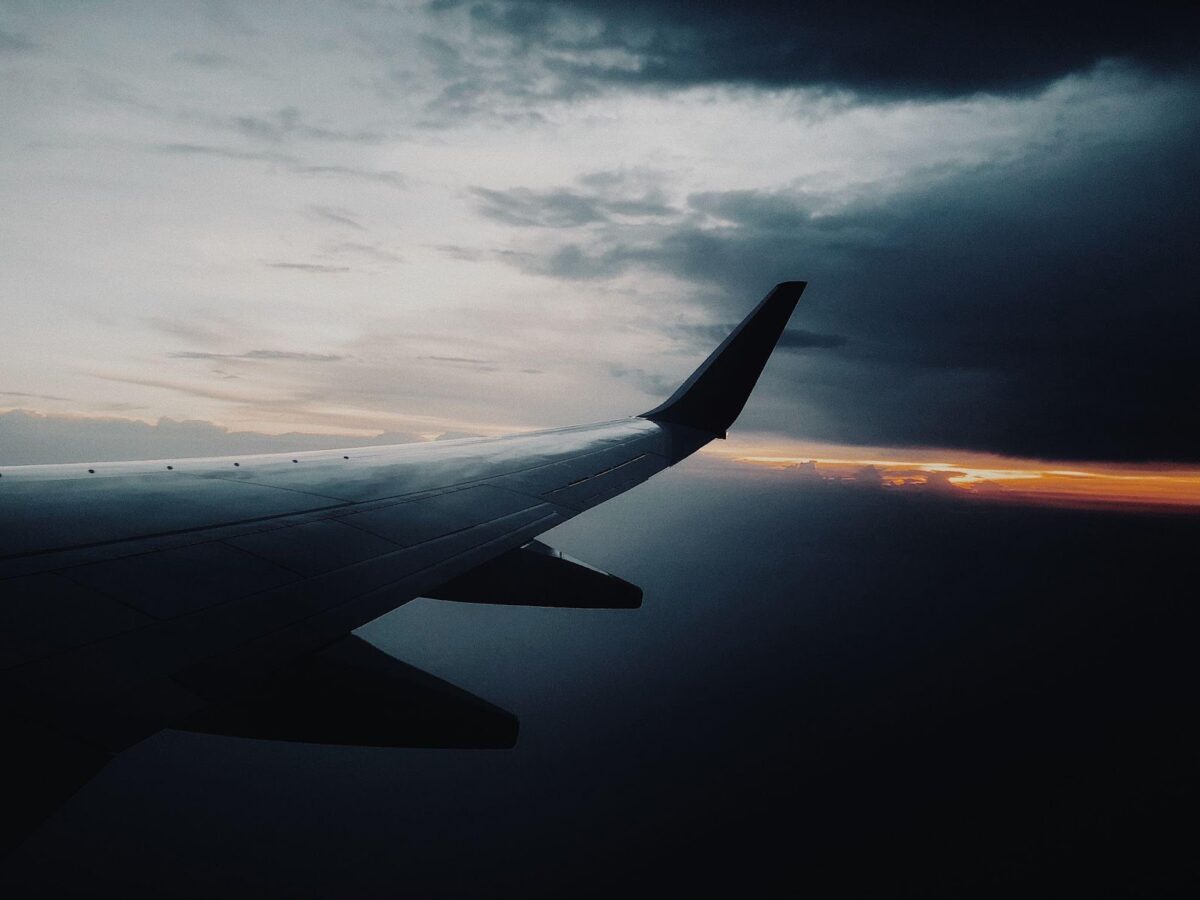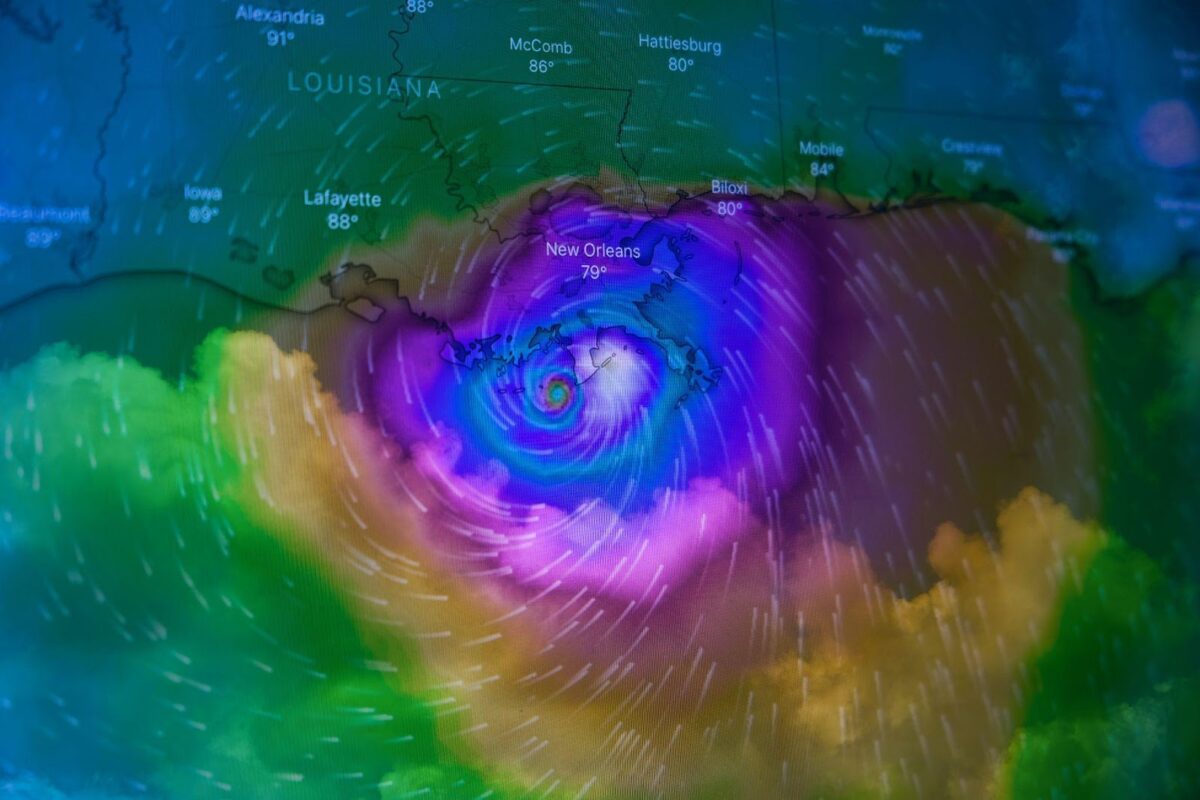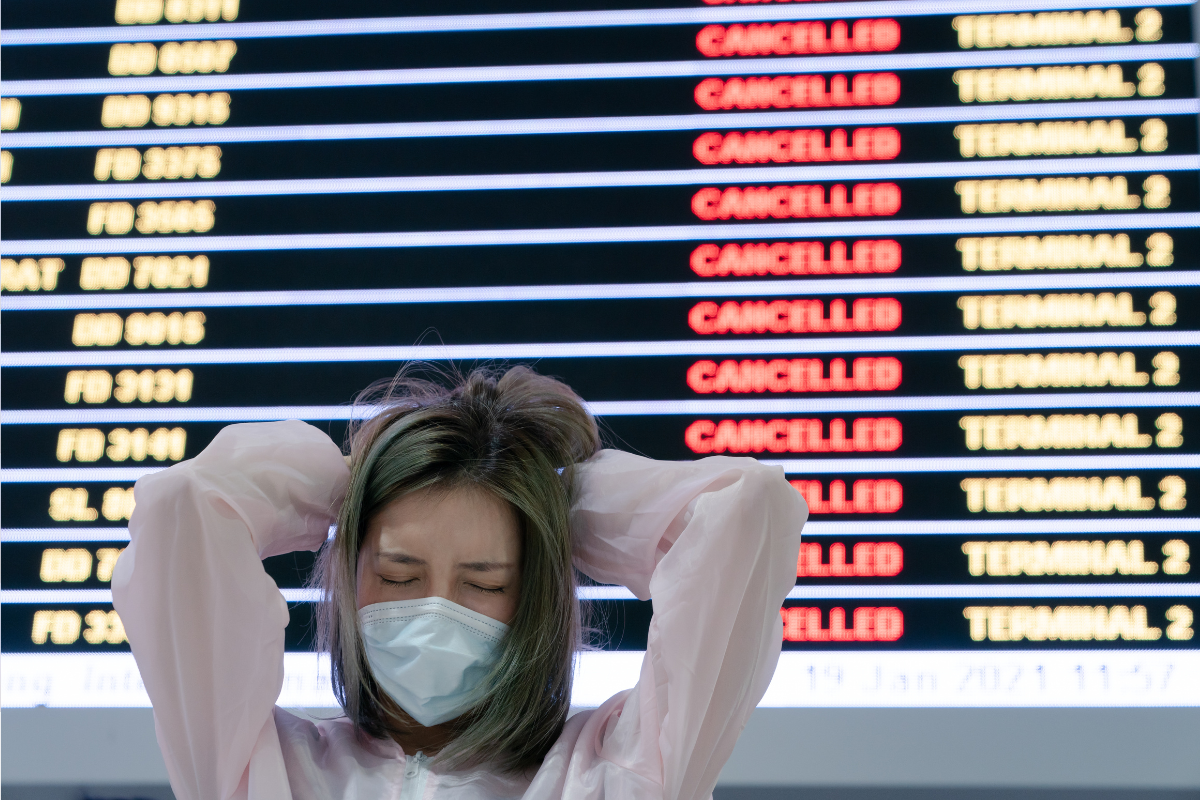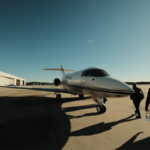Traveling by air is often considered one of the fastest and most efficient ways to get from one place to another.
However, even with advanced technology and meticulous planning, flights can still be subject to delays and cancellations.
One significant factor that disrupts air travel plans is the weather. Here, we will explore the profound impact of weather on flight cancellations, the common types of weather-related disruptions, and the strategies used to mitigate these issues.
Post Contents
- 1 Understanding Weather-Related Flight Cancellations
- 1.1 Common Types Of Weather-Related Flight Delays
- 1.2 Statistics and Data On Weather-Related Flight Cancellations
- 1.3 Factors Impacting Weather-Related Flight Cancellations
- 1.4 Preventive Measures and Mitigation Strategies
- 1.5 Legal and Passenger Rights During Weather-Related Cancellations
- 1.6 The Role of Technology in Managing Weather-Related Delays
- 1.7 Airline Responses To Severe Weather Events
- 1.8 Tips For Passengers During Weather-Related Delays
Understanding Weather-Related Flight Cancellations
Weather-related flight cancellations are disruptions in air travel caused by adverse weather conditions that pose a risk to flight safety.
These conditions can vary widely and include thunderstorms, snowstorms, hurricanes, fog, and more.
Airlines and aviation authorities take these cancellations seriously to ensure passenger safety and the well-being of flight crews.

Common Types Of Weather-Related Flight Delays
- Thunderstorms and Lightning: Thunderstorms are notorious for causing flight delays and cancellations. Lightning poses a significant risk to aircraft, and airlines often ground flights during thunderstorms to avoid potential accidents.
- Snow and Ice: Winter weather can lead to snow and ice accumulation on runways and aircraft, making takeoffs and landings hazardous. De-icing procedures are time-consuming, and this can lead to delays or cancellations.
- Fog: Dense fog can severely reduce visibility at airports, making it challenging for pilots to land and take off safely. As a result, flights may be delayed or canceled until visibility improves.
- Hurricanes and Tropical Storms: These powerful weather systems can disrupt air travel for days, affecting airports and flight routes in their path. Airlines often preemptively cancel flights to protect passengers and aircraft.
Statistics and Data On Weather-Related Flight Cancellations
The impact of weather on flight cancellations is significant. According to the Federal Aviation Administration (FAA), in the United States, weather was the most common cause of flight delays and cancellations in 2020, accounting for nearly 70% of disruptions. Weather-related issues cost the aviation industry billions of dollars each year.
Airlines and airports in regions prone to severe weather, such as winter storms in the Northern United States or hurricanes in the Gulf of Mexico, experience a higher frequency of cancellations and delays due to weather.
Factors Impacting Weather-Related Flight Cancellations
Several factors influence whether flights are canceled or delayed due to adverse weather conditions:
- Airport Infrastructure and Capacity: Some airports are better equipped to handle adverse weather conditions than others. Airports in regions accustomed to harsh winters, for instance, are more likely to have de-icing equipment and procedures in place.
- Aircraft Technology and Capabilities: Modern aircraft are better equipped to handle adverse weather than older models. Features like advanced de-icing systems and improved engines make it safer to operate in challenging conditions.
- Airline Policies and Decision-Making: Airlines have different policies and thresholds for weather-related disruptions. Some may be more conservative in canceling flights, prioritizing passenger safety, while others might take more risks to avoid cancellations.
- Weather Forecasting Accuracy: The accuracy of weather forecasting plays a crucial role in decision-making. Improved forecasting helps airlines plan ahead and make informed decisions about whether to delay, divert, or cancel flights.
Preventive Measures and Mitigation Strategies
Airlines and airports employ various strategies to minimize the impact of adverse weather on flight operations:
- De-Icing Procedures: Airports in cold climates have de-icing procedures in place to remove ice and snow from aircraft before takeoff, reducing the risk of accidents.
- Weather Monitoring: Continuous weather monitoring allows airlines to make real-time decisions about whether to proceed with flights or cancel them.
- Flight Planning and Routing: Airlines often adjust flight routes to avoid severe weather. For instance, they might reroute flights to avoid thunderstorms or hurricanes.
- Communication: Airlines prioritize clear communication with passengers during weather-related disruptions. Passengers are notified of delays and cancellations via text, email, or phone calls.
Legal and Passenger Rights During Weather-Related Cancellations
Passengers have specific rights and options when their flights are canceled due to weather:
- Refunds and Rebooking: Airlines typically offer passengers the choice of a refund or rebooking on a later flight if their flight is canceled due to weather.
- Compensation: In some cases, passengers may be entitled to compensation under international regulations like the Montreal Convention, depending on the circumstances of the cancellation.
- Travel Insurance: Passengers are encouraged to consider travel insurance, which can provide coverage for additional expenses incurred due to weather-related cancellations.
The Role of Technology in Managing Weather-Related Delays

Advancements in technology have significantly improved the aviation industry’s ability to manage weather-related disruptions:
- Improved Weather Forecasting: High-resolution weather data and advanced modeling have led to more accurate weather forecasts, enabling airlines to make better-informed decisions.
- Predictive Analytics: Airlines use predictive analytics to anticipate and plan for weather-related disruptions, allowing them to allocate resources more effectively.
- Decision Support Systems: Airlines employ sophisticated decision support systems that provide real-time information to flight crews, allowing them to make in-flight adjustments to avoid severe weather.
Airline Responses To Severe Weather Events
Severe weather events such as hurricanes and blizzards can disrupt air travel for extended periods. Airlines respond to these events by:
- Evacuating Aircraft: Airlines move aircraft out of the affected area to avoid damage or use them for humanitarian purposes.
- Rerouting Flights: Airlines reroute flights to avoid the path of the storm, which can involve significant logistical challenges.
Tips For Passengers During Weather-Related Delays
Passengers can take several steps to minimize the impact of weather-related flight disruptions:
- Stay Informed: Check your flight status regularly through the airline’s website or app.
- Be Flexible: Have alternative travel plans in mind, such as booking on another airline or considering ground transportation.
- Travel Insurance: Consider purchasing travel insurance that includes coverage for weather-related cancellations.
- Plan Ahead: If you know you’ll be traveling during a season prone to adverse weather, plan for potential delays and make backup arrangements.
The impact of weather on flight cancellations is a significant challenge for the aviation industry.
While technology and improved forecasting have helped mitigate some of these issues, weather remains a formidable force that can disrupt travel plans.
Passengers should be aware of their rights and plan accordingly to minimize the impact of weather-related disruptions on their journeys.






























